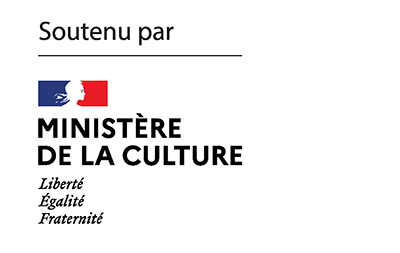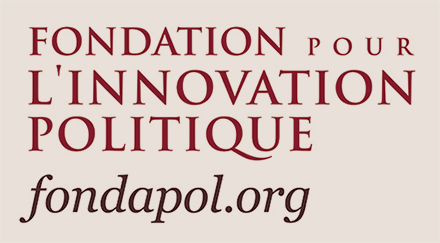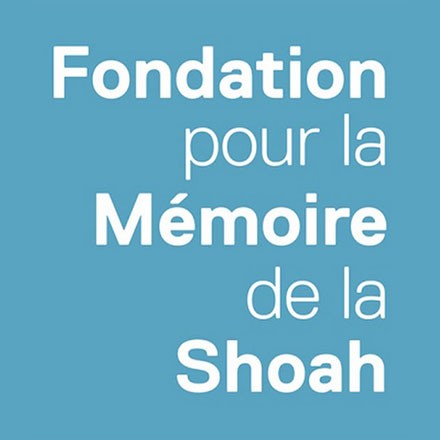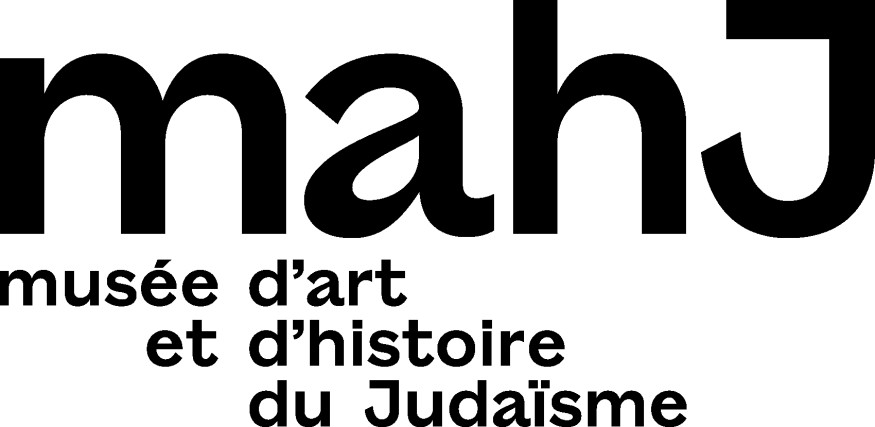In the heat of summer, the Netanyahu government, after a pause in negotiations that came to nothing, began to reshape the powers of the Supreme Court. There’s nothing original about the strategy: cut the judicial reform into pieces, and push it through step by step, starting by abolishing the so-called “reasonableness clause” which enabled the Supreme Court to play its role as a safeguard. Despite fierce opposition, and at the risk of fracturing public opinion even further, he succeeded. The move, rejected by a large majority of Israelis, is the first phase in what the progressive camp, aware of the seriousness of what is at stake, is rightly denouncing as an attempt to dismantle liberal democracy by destabilizing the balance of power that has prevailed until now. It is, in fact, a genuine counter-revolution: a policy that undermines Zionism as a revolution. A revolution in Jewish politics, an unprecedented gesture from which all Jews, not just Israelis, have benefited since 1948. But what does this revolution consist of? And what strength does it give to the people, which reactionary politics threatens to take away? K.’s conviction is that only a vision that reconnects with Europe, with the modern project that underpins it – democratic, secular, embedded in the rule of law, and yet expressed in a specifically Jewish way – will enable us to truly understand it. When the opposition needs to regain and unify its forces in what promises to be a long and hard struggle, it is important to be clear about the Jewish revolution, of which the counter-revolution is in fact the opposite. This is what the analyses produced in recent months in the magazine have sought to contribute to, and it is some of them that we take up again this week, as the demonstrations in Israel continue. In “A two-headed nation“, Guy G. Stroumsa returns to the difficulties faced by the history of Zionism in its attempt to resolve, without succeeding, the question of the interweaving of the Religious and the National in Israel. In “Israel, 2023: What We Hold on”, Bruno Karsenti describes the multiple fractures that deeply divide the country’s populations. In “Belonging and Possession“, Sari Nusseibeh offers a philosophical analysis of the verbs “to belong” and “to possess” – in the context of the unique equation that, in Israel-Palestine, sees two peoples for one land. In “Let’s pray !“, Danny Trom looks at the history of the prayer for the kingdom, but also at that of the prayer for the State of Israel, written in 1948 shortly after the Declaration of Independence of May 14.
After recounting how two million Jews from Europe and Palestine settled in Vienna after the war, Guy Konopnicki continues this week his uchronistic novel – Israel upon Danube – which imagines the creation of a state for Jews in the heart of Europe, in Austria. In this new installment, he retraces the process that led the Knesset to unanimously adopt the Declaration of Independence of the Republic of Israel, also known as the “Juden Volk Republik”…






